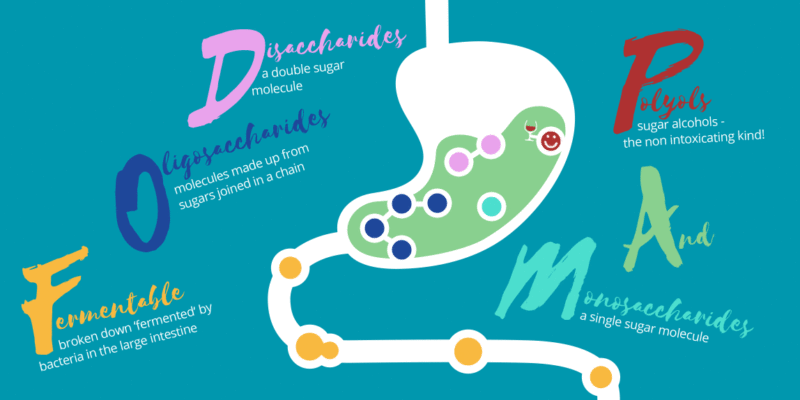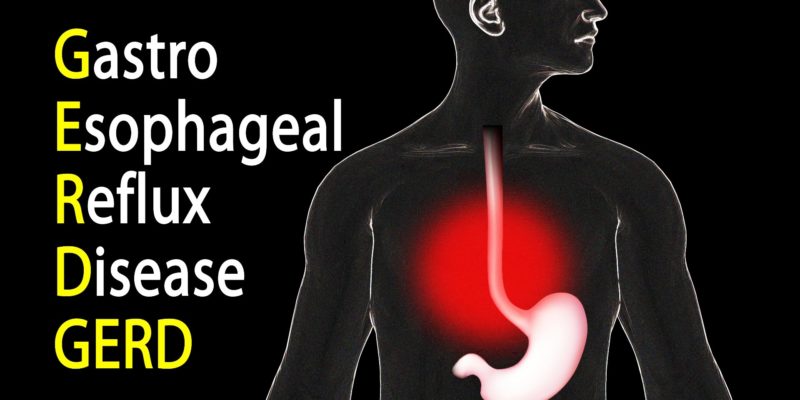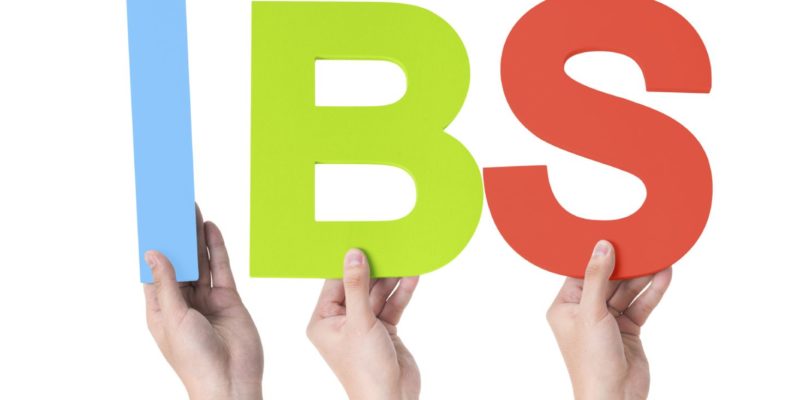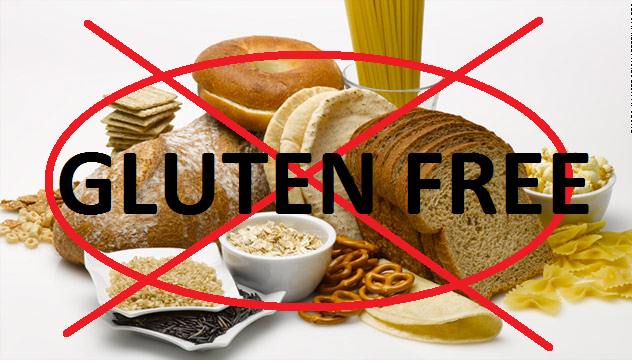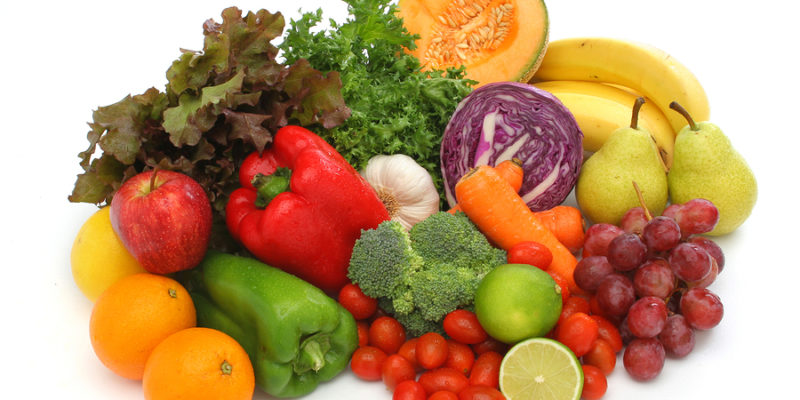Colon cancer is the second leading cause of cancer death in men and women in the United States. Recently, it’s been killing people at younger ages—death rates for colon cancer in adults between the ages of 20 and 54 have increased since the mid-2000s. This fact is alarming because the death rate for that same age group had been declining just a decade earlier. In addition, symptoms of colon cancer—including blood in the stool, abdominal pain, and iron deficiency anemia—usually occur at later stages in the disease. Even then, those symptoms in younger people tend to be dismissed or ascribed to less-serious conditions.
Traditionally, screening guidelines recommend that people at average risk begin colon cancer screening at age 50 (90 percent of people diagnosed with colon cancer are 50 and older). But due to the rise in colon cancer diagnoses in younger people, The American Cancer Society has changed its recommendation, urging 22 million Americans between the ages of 45 and 49 to get screened.
“It’s a deadly disease,” says gastroenterologist Dr. Maurice A. Cerulli and associate professor at Donald and Barbara Zucker School of Medicine at Hofstra/Northwell. “Without routine screening, by the time you notice symptoms, the colon cancer is in advanced stages. That’s why there’s a call to lower the screening age for everyone—to save lives.”
Catching a killer
Every year, more than 97,000 people are diagnosed with colon cancer across the country. This year, more than 50,000 people will die from the disease, according to the American Cancer Society. More than 30 percent of Americans over 50 still haven’t been screened for colon cancer.
And now experts want to start looking for this cancer at an earlier age. “Young people are getting into the prime of their lives and developing colon cancer, but because they are young, they’re writing the symptoms off as something else when they should be getting screened,” Dr. Cerulli says. In a younger person, blood in the stool, changes in bowel habits, progressive abdominal pain and unexplained weight loss may be attributed to irritable bowel syndrome. In women, iron deficiency anemia, another symptom of colon cancer, might be attributed to their menses.
Dr. Cerulli points out that colon cancer is unlike many other cancers in that screening can actually prevent the disease. “In breast, prostate or lung cancer, you’re looking for small, early-stage cancer tumors. In colon cancer, you’re screening for precancerous growths that you can treat before someone develops cancer.”
The gold standard for colon cancer screening is a colonoscopy—a scope (a flexible tube with a light and tiny TV chip at one end) is inserted through the anus and snaked through the rectum and colon. The doctor is looking for polyps—growths on the inner surface of the colon that are not cancerous, but can develop into cancer. If doctors find a polyp, they can remove it then and there with special instruments inserted through the same scope.
If you have a colonoscopy with no abnormal findings or polyps, then you don’t need another one for 10 years. But not everyone is comfortable enough with the idea of the scoping or the preparation to have one—as is evident in the low screening numbers among those 50 and older.
There are other options, Dr. Cerulli explains, but they come with their own risks and benefits.
The fecal immunochemical test, or FIT, looks for hidden blood in stool that may indicate the presence of a polyp. Your doctor can provide a kit for you to collect the stool sample. These tests can be done at home, but they must be done annually. If a test is positive, you’ll need to have a colonoscopy.
The Cologuard test detects DNA from cancer or polyps in a stool sample. Your doctor can request the test for you to use at home. It has detailed instructions for collecting and preparing the stool so the DNA can be tested. Even though it looks for DNA from polyps, it can still miss them or return false-positive tests. DNA testing should be repeated every three years.
Dr. Cerulli says that while a colonoscopy is invasive, it’s the best cancer-preventing test. FIT and Cologuard are not invasive like a colonoscopy, but they must be done more frequently and positive tests will require a colonoscopy anyway. They also have one drawback in common—“Not everyone wants to handle stool,” Dr. Cerulli says.
Who’s most at risk?
Anal scopes and stool handling are not high on anyone’s wish lists, so just who should heed the call for earlier screening? People with a personal or family history of colon cancer or polyps (Dr. Cerulli says if a close relative has had colon cancer, you should start screening ten years before his or her age at the time of diagnosis, or at age 40), inflammatory bowel disease (including ulcerative colitis and Crohn’s disease) and certain genetic abnormalities are at higher risk for colon cancer. Heavy drinking, smoking, obesity and type 2 diabetes also increase your risk of the disease. Finally, African-Americans have a higher risk than any other ethnic group.
If you don’t have these risk factors, you may still want to consider earlier screening. Most people who develop colon cancer did not have a family history of the disease.
Ultimately, whether you should get screened before age 50 and which screening is best for you should be decided with your doctor. Take into account your risk factors, insurance coverage and personal preferences in those conversations.
CONANT US TODAY WITH QUESTIONS

